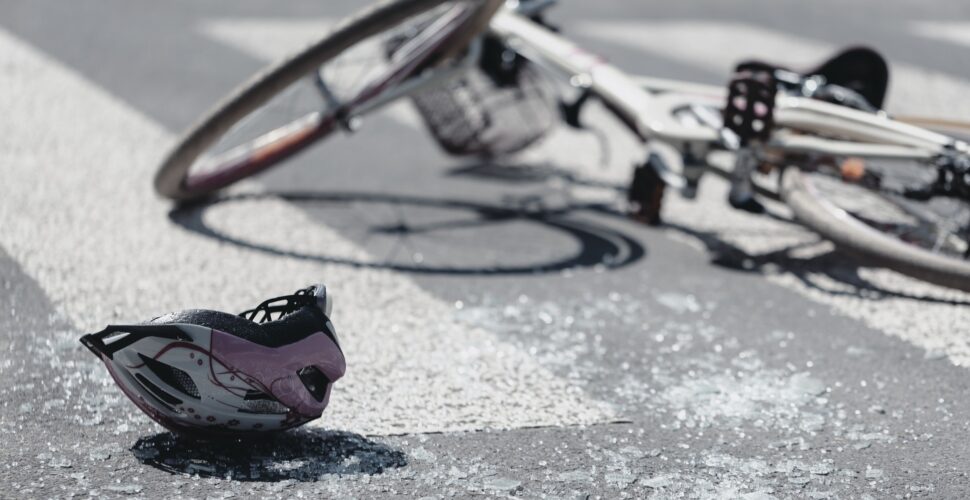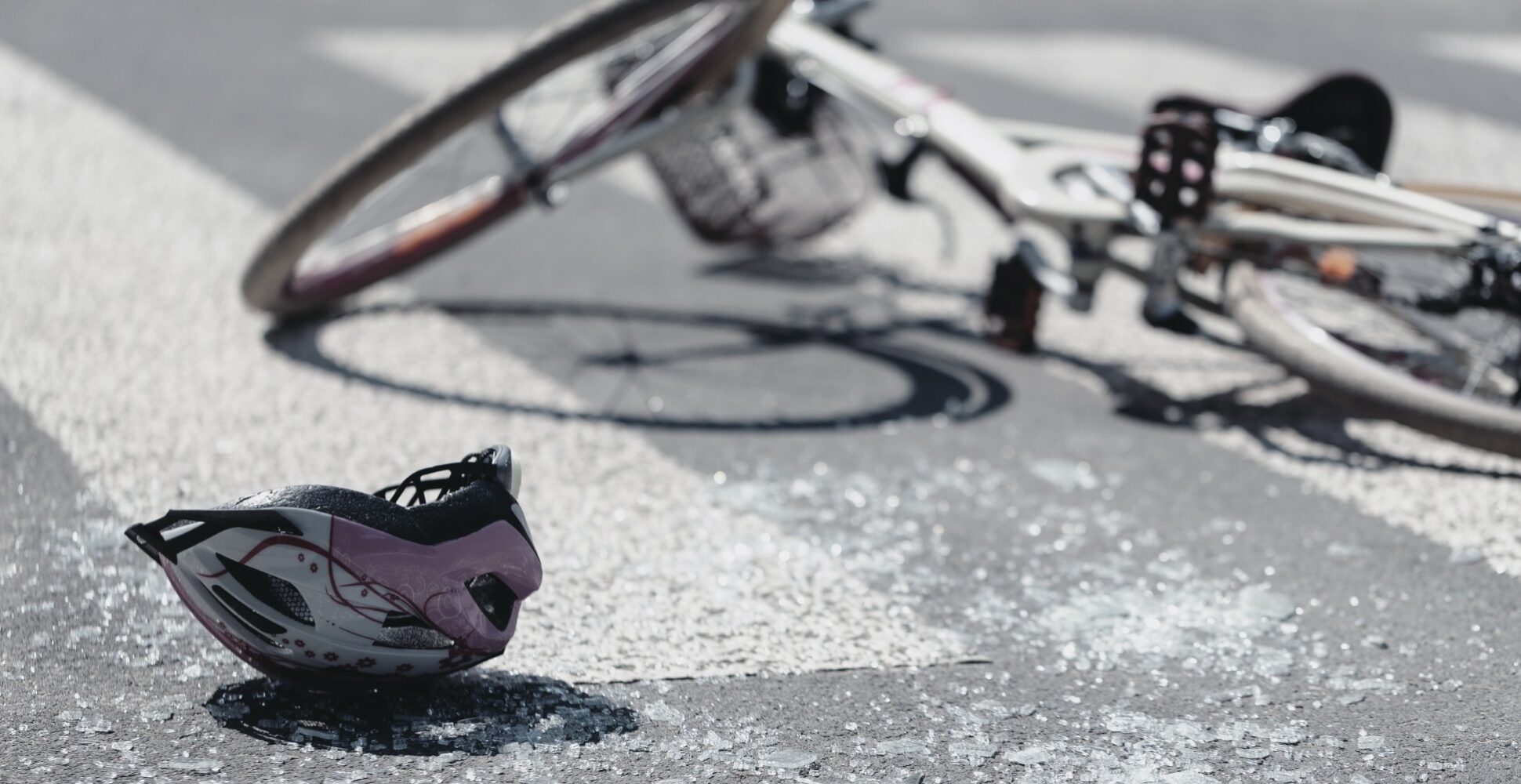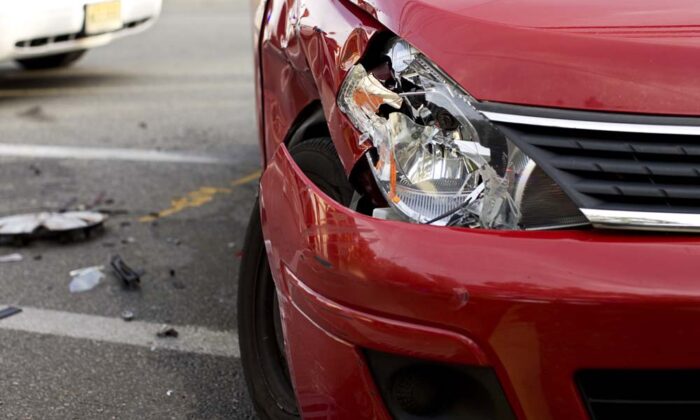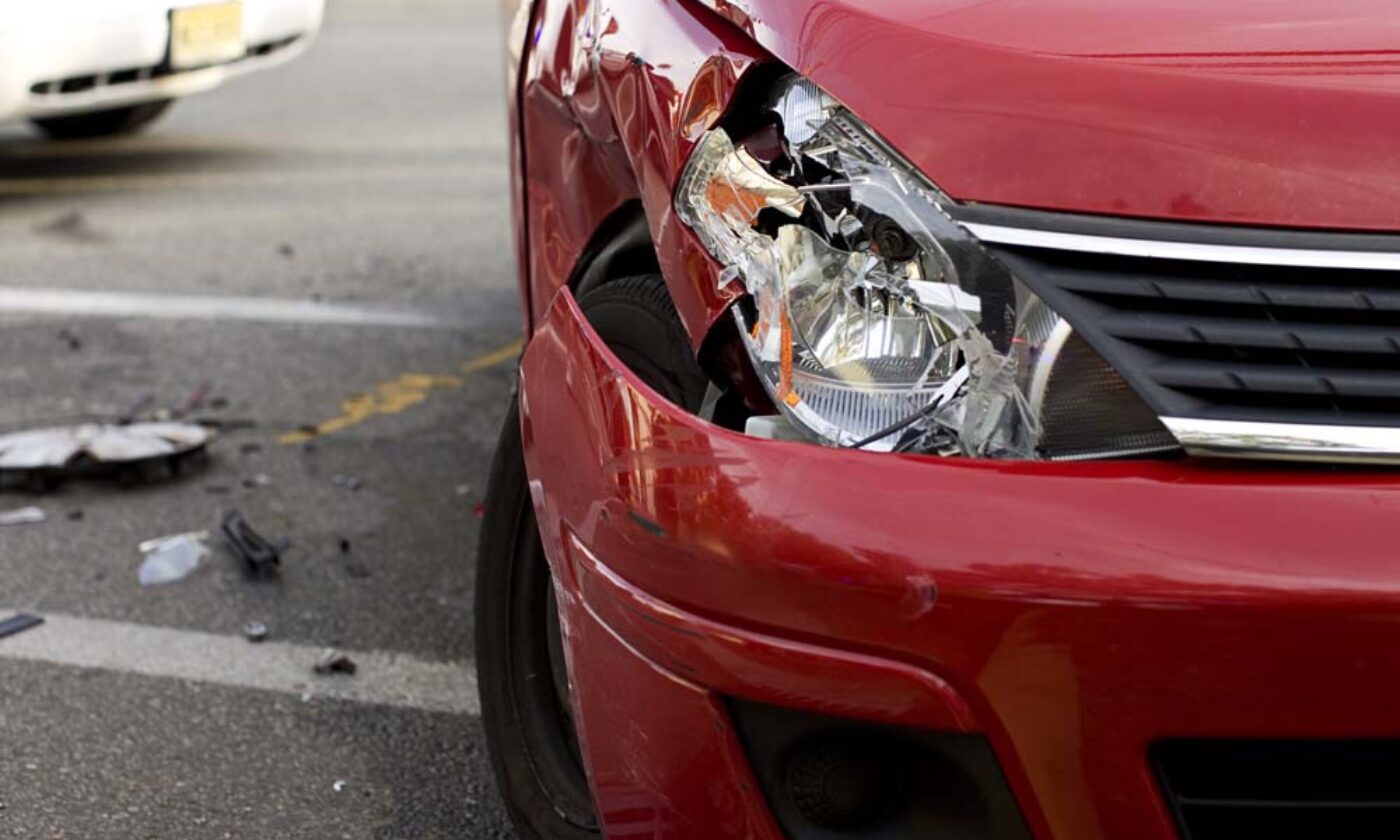Motor Vehicle Accidents
Can a cyclist claim against a motorist?


Of all on-road accidents between cars and cyclists, a disturbing 22% occurred while the cyclists were riding in a marked bicycle lane. The law expects motorists to drive with ‘due care and attention’ and it recognises that cyclists are much more vulnerable to injury compared to those driving in vehicles.
So any motorist not practicing ‘due care and attention’ resulting in a cycling accident has the potential of a strong compensation claim made against them.
What are the common causes of bicycle accidents?
It’s been shown that in the vast majority of cases, it’s the actions of a motorist that result in an accident with a cyclist. For example:
- Having a car door opened into your path as you’re riding by (known as “dooring”)
- Being driven into from behind
- Falling or colliding while trying to avoid a driver who’s failed to give way
- A car speeding past you or passing too close, causing you to fall
- Colliding with another cyclist
- Falling off your bike due to a pothole or a section of damaged/unmaintained road
If you’ve been in an accident similar to any of these, you may have a claim. Bear in mind that assessing who’s at fault and how much their actions contributed to the accident is determined on a case-by-case basis.
What to do after you’ve been in a cycling accident
In the aftermath of a crash with a motor vehicle, try to obtain (or ask someone to obtain on your behalf) the driver’s details as well as the details of any witnesses. Having helmet-cam footage of the accident and mobile phone photos of your injuries can all later prove useful in support of a claim. Then make sure to:
- Report the accident to the police.
- See your GP and get a full medical assessment. Even if you don’t need to go to hospital, it’s important to get a medical assessment as some seemingly minor injuries can worsen over time. And if your injuries do worsen, you might need time off work or further treatment.
- Make sure your medical assessment covers all your injuries – including any bruising, pain or inflammation that might seem minor at the time. It’s important to have a record of all your injuries for your bike accident claim – this will help determine the amount of compensation you receive.
- If you need any time off work or treatment, submit an ‘application for personal injury benefits’.
What kinds of injuries can a cyclist claim injury compensation for?
Bike accident compensation can be claimed for any injuries that reduce your ability to earn an income. The costs of any treatment, rehabilitation and care are claimable too. Injuries that qualify for compensation include:
- Soft tissue damage, cuts, and bruises
- Fractures and dislocations
- Serious head trauma
- Serious fractures and broken bones that require long-term treatment
- Falls that lead to paralysis or permanent/long-term limited mobility
- Permanent scarring to the skin
- Serious psychological trauma
Your injuries don’t need to be grave to make a claim. Even if you don’t have any visible injuries, you may still be able to make a bike accident compensation claim.
How much compensation will you get from a cycling accident injury?
Compensation is always based on calculating how much the injury has affected someone’s life, today and into the future. But each case is unique, and there is no typical settlement amount. One of our experienced compensation lawyers can advise you on an amount range you could expect to receive that’s based on the combination of your specific circumstances.
Are there any time limits with a cyclist claim?
It’s important to submit your claim within 28 days of the accident to be eligible for your lost wages to be backdated to the date of the accident. The final date for lodgement varies, depending on where in Australia the accident occurred.
Are cyclists covered by CTP or TAC?
Cyclists injured in a car accident may be able to claim compensation through the motorist’s state or territory Compulsory Third Party (CTP) insurance scheme. CTP (TAC in Victoria) provides personal injury benefits and lump sum payments to injured cyclists in accordance with an at-fault driver’s CTP insurance policy.
Additionally, cyclists injured because of a road hazard – such as a pothole – may be able to make a public liability claim against the council responsible for maintaining the road, though these claims can be particularly complex.
What precautions can cyclists take on the road
There are many precautions cyclists can take on the road. Start with this selection from Transport for NSW:
1. Anticipate vehicle movement
Watch other road users – look at the movement of vehicle wheels, increases or decreases in speed, brake lights, and the use of indicators that signal a change of direction. Make eye contact with other road users and avoid riding alongside a motor vehicle for longer than required.
2. Keep your distance
You must not ride your bicycle within two metres of the rear of a moving motor vehicle continuously for more than 200 metres.
3. Avoid blind spots
A blind spot is an area outside a motor vehicle that drivers cannot see in their rear or side mirrors. For truck drivers, this includes the area directly in front of their vehicle. So when riding in traffic, it is important to increase your visibility by keeping away from motor vehicle blind spots.
Make a cycle accident claim today
Seeking compensation can help to take away the financial pressures associated with injuries, treatment, rehabilitation, and permanent changes to your quality of life as the result of an accident. LHD Lawyers help everyday Australians receive the benefits they are entitled to for cycling compensation claims.
We are so confident in our abilities to win your case that we stand firmly by our No Win No Fee Policy: if we don’t win, you don’t pay. Call 1800 455 725 for a no-obligation consultation about your case.
Author: Phillip Scroupe
Original Publish Date: November 3, 2021
Last Updated: April 5, 2024

Check if you’re eligible or get free claim advice now



